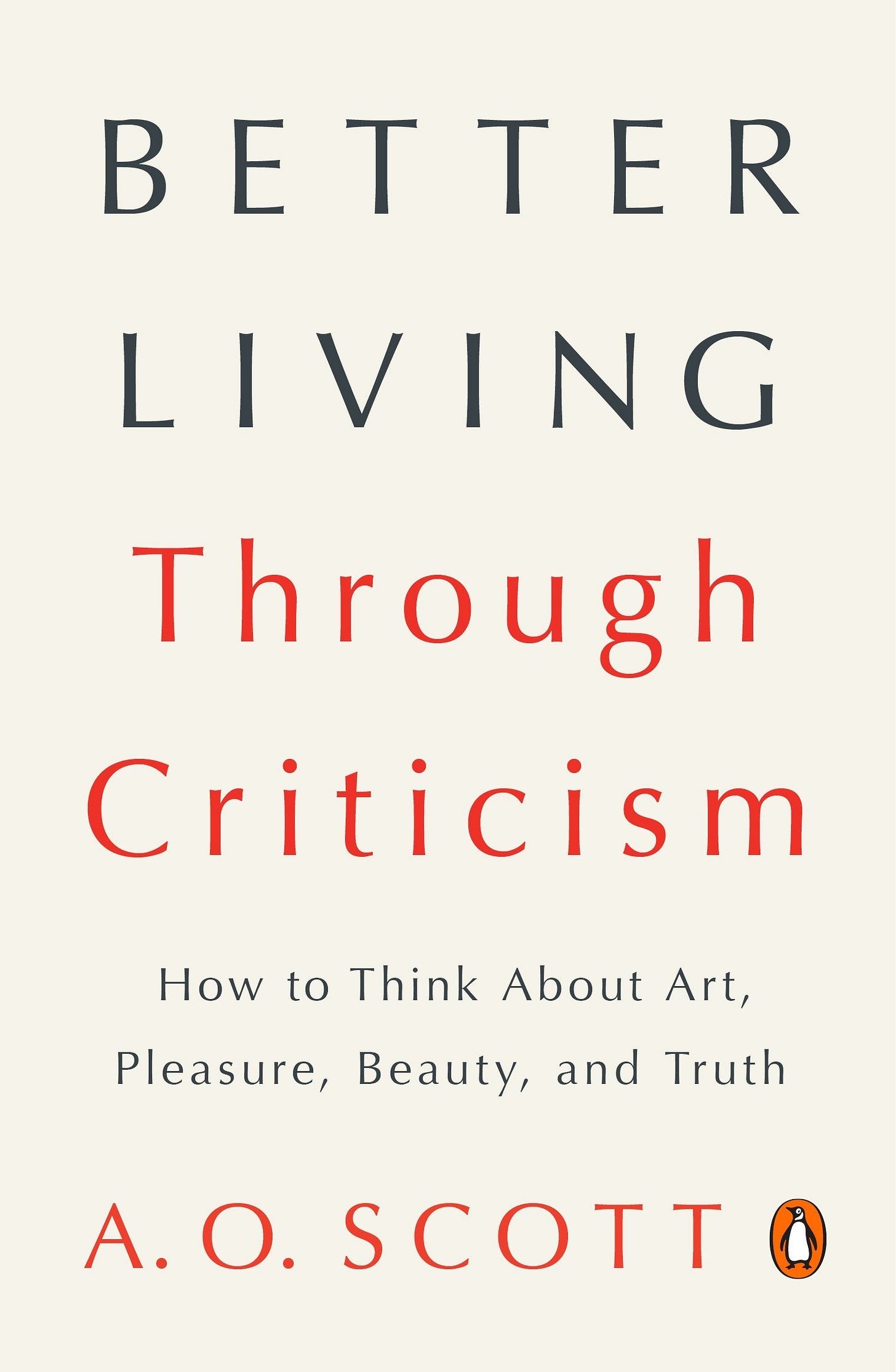Better Living Through Criticism
"The only true currency in this bankrupt world is what we share with someone else when we’re uncool."
I was recently reminded of my favorite scene from Cameron Crowe’s Almost Famous, in which the late, great Philip Seymour Hoffman as rock music critic Lester Bangs tells a young Patrick Fugit that “the only true currency in this bankrupt world is what we share with someone else when we’re uncool.” This scene has always resonated with me growing up, and it’s an on-point summary of the allure of nerd-culture.
“That’s because we are uncool. And while women will always be a problem for guys like us, most of the great art in the world is about that very problem. Look, good-looking people, they got no spine. Their art never lasts. Yeah, they get the girls, but we’re smarter. […] Great art is about conflict, and pain and guilt and longing, and, you know, love disguised as sex, and sex disguised as love. And let’s face it, you got a big head start.” - Lester Bangs in Almost Famous
What this scene also represents to me is an image of the critic as a passionate defender of their chosen field. Sure, they are also supposed to tell truth to power in a system that is decidedly symbiotic. But in the best cases, good criticism is a dialogue with the work of art, a text that provides its own additional value – not just telling the reader if something was good or bad, or providing a neat summary. Outstanding criticism is its own work of art. Matt Zoller Seitz’ review of the Stephen King adaptation miniseries 11.22.63 not only made me continue to watch the show, but it provided further appreciation through the way in which Seitz was able to elevate the series to another level through his critical lens.
There are many more examples and books I’ve read from film and TV critics that I could recommend, but I just want to point out a few, including Owen Gleiberman’s Movie Freak, Emily Nussbaum’s I Like To Watch, and especially A.O. Scott’s Better Living Through Criticism; although my favorite book title in that regard is The Earth Dies Streaming by A.S. Hamrah.
I admittedly never really knew any of Lester Bangs’ reviews, but as a character in Almost Famous, there is something almost romantic about the perception of the critic-as-rockstar. What I take away from Philip Seymour Hoffman’s portrayal is some kind of urgency about criticism that I find inspiring. It makes me wonder if there’s still room for passionate commentaries and larger-than-life critics in today’s media ecosystem. Who would read them? The cultural impact of legendary film critics like Pauline Kael or Roger Ebert couldn’t be achieved anymore in today’s fractured and/or dying newspaper and magazine landscape. What are aspiring film critics to do? Create video essays on TikTok? Are podcasters the new trendy media pundits? Is the answer found right here, on Substack?
Whatever happens, I still believe that there is a need for valuable criticism that invigorates and energizes audiences. Let’s see if there’s a way to find an answer in the future. As with most of my newsletters, these thoughts just represent the tip of the iceberg, but I hope to return to them in more depth in some form or another at a later point.





